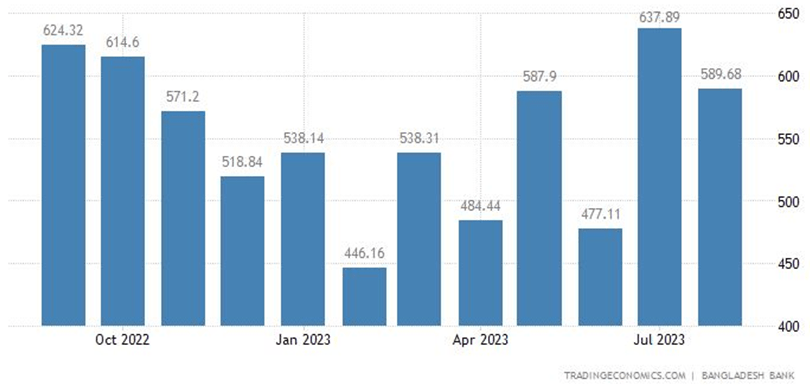

At Eco Expo, we pride ourselves on being at the forefront of illuminating the intricate tapestry of Bangladesh’s import market. Our exhibitions stand as vibrant reflections of the ever-evolving import landscape, showcasing an extensive array of products sourced from esteemed markets, predominantly from China and India. With a finger on the pulse of market dynamics, Eco Expo’s platform offers a comprehensive panorama of goods, innovations, and trends that significantly shape the import sector within Bangladesh.
We endeavor to create a hub that not only celebrates the diversity of imported merchandise but also fosters a conducive environment for forging strong trade alliances and unlocking unprecedented business prospects. Our exhibitions serve as invaluable windows into the latest advancements, consumer preferences, and market trends, enabling stakeholders to stay informed and at the forefront of the import industry.
Through strategic curation and meticulous attention to detail, Eco Expo strives to provide a stage where international suppliers and local businesses converge, fostering collaborations and catalyzing growth opportunities. We take pride in our role as facilitators, bridging the gap between global suppliers and the burgeoning demand for quality imported goods within Bangladesh’s marketplace.
Eco Expo’s commitment remains unwavering—to present an accurate, multifaceted portrayal of the import market’s vibrancy, vitality, and potential. We are dedicated to continuously elevating the import industry, empowering businesses, and nurturing an environment ripe for innovation, collaboration, and sustainable growth. Join us in exploring and navigating the dynamic landscape of imports at Eco Expo.
Bangladesh imports mostly petroleum and oil (11 percent of the total imports); textiles (10 percent) and food items (9 percent). Others include- iron and steel (7 percent), edible oil (4 percent), chemicals (4 percent), yarn, and plastic and rubber articles (4 percent). In 2013, imports of rice grains decreased substantially mainly due to an adequate domestic supply of rice during the period.

Figure: Total Import Data in USD billion.
Source: Trading Economics.

